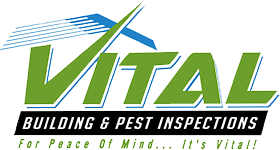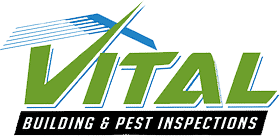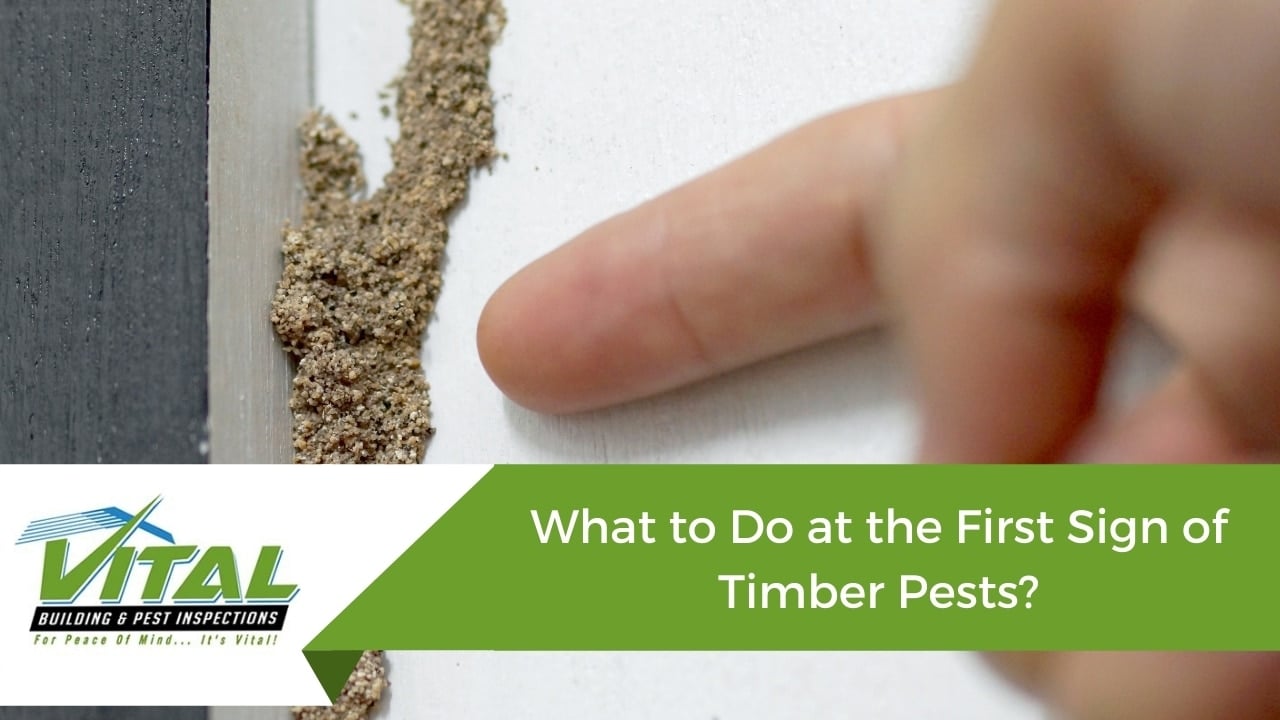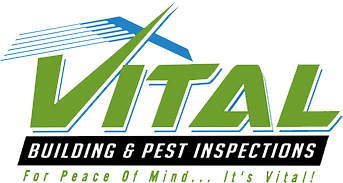How to know when your house or building is pest-infested
Insect pests, such as termites and wood borers, love to feed on timber and can cause immense damage to timber structures if left unchecked. The longer their infestation is allowed to continue, the more of your timber these pests will eat, and the more weakened your timber will become.
According to the NSW Environment Protection Authority, timber pests such as subterranean termites (otherwise known as ‘white ants’) cause the most timber damage in New South Wales.
As such, it is important to keep an eye out for the tell-tale signs of infestation and take swift action to stop them in their tracks and mitigate the damage they can cause.
Evidence of termites and timber pests
Timber pests are great at hiding, so it helps to be familiar with the kinds of evidence they leave behind, including:
- Droppings
Drywood termites push their droppings out of holes near the entrance to their nest, leaving black marks and a dark and powdery, or dry and sand-like, substance called ‘frass’.
It is one of the most telling signs of a drywood termite or wood borer infestation, and its presence is helpful in tracking where the worst infestations are.
- Flying termites or discarded wings
Some adult termites develop wings as they progress through the lifecycle, to enable them to swarm out of their nest and begin a new colony. After they land near the new nest site, the wings are discarded.
If you see one of these swarms or find piles of these shed wings, it’s a good indication that termites are around.

- Mud trails
Subterranean termites build their nests underground and construct tubes to get from the soil to timber or tree bases. Look for these mud trails (5-10mm in diameter), which radiate from the underground nest to the wood source they are feeding on.
- Wood trails and ‘galleries’
Termites, wood borers and other wood pests create tunnels called ‘galleries’ inside wood as they through it. The presence of maze-like trails on any wood surface, fresh holes in the surface of the timber, crumbling wood or obvious tunnels seen in broken timber in or near the house, is an indicator that termite and borer damage has already been done.
- Noises
Many timber pests make noise as they burrow through wood. Termites, in particular, make a clicking noise as they go about their business.
- Hollow-sounding wood
Make it a habit to knock on wood surfaces on a regular basis. If once-solid wood now sounds hollow, this means that pests have likely infested the wood and caused damage under the surface.

What to Do at the First Sign of Timber Pests
If any of the above-listed signs become evident it is important to act as quickly as possible, to prevent any further damage from being done.
Contact a professional building and pest inspection company to have the situation assessed and take appropriate action to exterminate these timber pests.
Here are 7 important steps to take as soon as the presence of timber pests is suspected:
1. Stay calm and assess the situation.
Yes, these pests can cause significant damage to structures and it is normal to feel alarmed if an infestation is suspected. However, try to stay calm and carefully assess the situation, preferably from a distance and without disturbing them.
Getting a professional timber pest inspection is the best way to do this.
2. Minimise disturbances.
This point cannot be stressed enough – it is important to minimise disturbances to the pest colony, to avoid them spreading. Try to minimise human activity and loud noises close to the infested wood until the infestation has been treated.
DO NOT attempt to deal with timber pests using bug spray or by manually squashing the insects. Arrange a professional pest inspection or contact a professional pest control team.
3. Seal off the affected area/s or infested item/s.
Contain the insects by sealing off the affected area/s or covering the infested item/s. Look for any cracks and holes caused by pests and carefully seal them off using duct tape or cover or wrap wooden furniture or timber in plastic.
4. Look for other infested areas.
Look around the immediate vicinity for signs of other infested wood. One infested area can be an indicator of more infestations and even tiny signs can be cause for concern.
5. Dry the infested areas.
Many types of wood-borers prefer damp and rotting wood, so keeping the immediate vicinity dry and well-ventilated it can help to prevent the infestation spreading.
6. Keep away anything that may worsen the infestation.
Eliminate access to other hiding spots and food sources by removing any nearby items that may make the infestation worse, or make it more difficult to eradicate the pest, such as lumber or firewood.
7. Call a pest control company.
Contact a pest control company at the first sign of timber pests, to control and exterminate them.
Also consider contacting a building and pest inspection company to assess your timber structure, to determine the extent of the damage and verify the safety of the structure.
Preventing Further Infestations from Timber Pests
To prevent further or more significant infestations:
- Keep woodpiles away from timber structures.
- Maintain the garden properly: cut out and throw away dead or rotting wood; minimise the use of mulch, wood shavings and wood chips in the garden, where possible, as these can attract or provide a habitat or food for termites and other pests.
- Maintain proper ventilation: wood-boring pests flourish in areas with high humidity. Proper ventilation is important for helping to keep wooden structures pest-free and preventing wood from softening or rotting.
- Clean the gutters: gutters can be a hideout for many types of pests. Clean gutters regularly to remove any blockages and keep water flow steady.
- Conduct regular checks: Always be on the lookout for the evidence of pest infestation. Allocate some time each month to do a thorough check of the most vulnerable areas.
- Use preventive chemical treatments: There are safe chemical treatments available to help prevent pests from invading and nesting.

Call a Building Inspection Company to Conduct a Thorough Pest Inspection
Timber pests can cause severe damage. As soon as signs of their presence are noticed contact a building inspection company to assess the damage and arrange for a pest control company to eliminate the pest.
Those in Sydney will find Vital Building Inspections Sydney to be an ideal choice. Our experienced building and pest inspection professionals can help with all your building inspection needs and concerns.
Browse through vitalbuildinginspection.com.au for more useful information or to learn more about us. Alternatively, call us at 0401 012 074 to book an appointment, or complete our online enquiry form and a Vital Building & Pest Inspection representative will contact you shortly.






